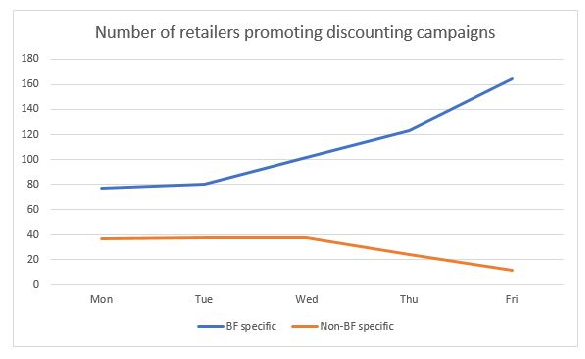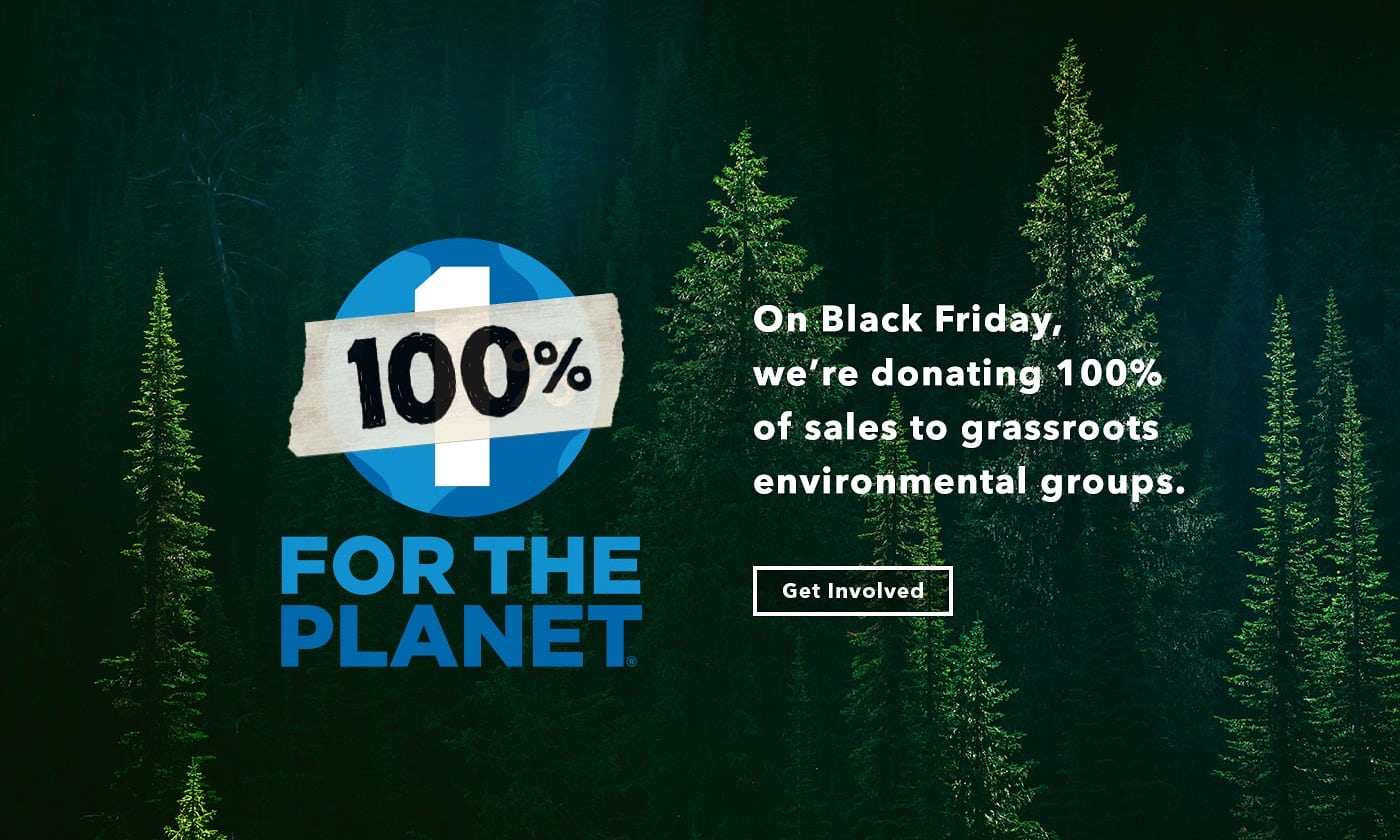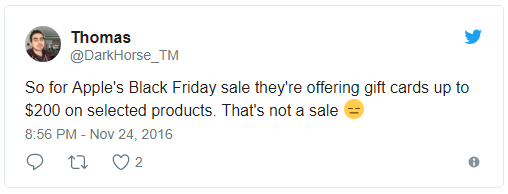
Black Friday & Cyber Monday 2017
Did it live up to the hype?
The stats are in so let’s look at this year’s Black Friday and Cyber Monday to evaluate if it lived up to the hype we have all be bombarded with for the last 4 weeks.
The stats
A staggering £1.4bn was spent online in the UK on Black Friday, up 11.7% on last year. Sales were up almost 17% on 2016, breaking all previous records. Mobile usage also continued to grow with more than a third of UK sales were made on mobile.
In the UK sales volumes where 78% higher than Cyber Monday. However this was a completely different story in the US, where the sales event originated from. Cyber Monday sales overtook Black Friday for the first time. Total US sales for Black Friday weekend 2017 were $16.74bn, up from $12.75bn in 2016.
Amazon states that 2017’s Cyber Monday was the “single biggest shopping day ever, surpassing Prime Day for the most products order worldwide”. Sadly there are little to no stats to back up this claim, other than 140 million items were ordered from small businesses worldwide.
The effect of Black Friday wasn’t as effective on the high street this year, with many shops looking over staffed as they had braced themselves for a swarm of bargain hunting shoppers, which didn’t materialise as footfall was down 3.1% on last year, as shown in this video at Currys PC World on Oxford Street:
[bctt tweet="£1.4bn was spent online in the UK on Black Friday, up 11.7% on last year. #blackfriday #marketing' http://bit.ly/2uVtEuT @Letstalkstrat " quote="£1.4bn was spent online in the UK on Black Friday, up 11.7% on last year. #blackfriday #marketing' http://bit.ly/2uVtEuT @Letstalkstrat"]2017’s campaigns came with a twist, it was more than a weekend
The key difference about this years’ Black Friday and Cyber Monday weekends were that these are no longer just two day events. This year several brands, including Amazon, Currys PC World and Argos all launched their deals a week early and even as I write this today (6th December), there are still advertisements online, on TV and in store with Black Friday deals.

The number of retailers running Black Friday campaigns did peak on the Friday as you would expect. However, as you can see above, the number of campaigns launched at the beginning of the week were already at 77 and that increased sharply on Wednesday & Thursday. But this didn’t equate to more sales on those days, where there was only a 2.8% growth in sales and was by far the lowest sales rate for any day that week. Shoppers were less responsive on those days and may have been waiting to evaluate all offers once launched on the Friday.
[bctt tweet="Many retailers started their #BlackFriday campaign a week early, but this only had a 2.8% growth in sales #marketing' http://bit.ly/2uVtEuT @Letstalkstrat @imrgupdate " quote="Many retailers started their #BlackFriday campaign a week early, but this only had a 2.8% growth in sales #marketing' http://bit.ly/2uVtEuT @Letstalkstrat @imrgupdate"]Its not everyone’s cup of tea
What may be surprising is that 14% of retailers didn’t taken part in Black Friday this year. One brand that has never participated is Primark - who don’t sell online - but didn’t offer discounts in-store because “Primark offers great value on the high street every day of the year.”
There were also several comments that the deals aren’t all they are cracked up to be with even Which? providing shoppers with advice to evaluate ‘genuine’ offers thoroughly during their decision making process.
Brand damage control
It can be easy for a brand to get swept up into the hysteria that surrounds Black Friday weekend. The most important consideration for any organisation when evaluating the inclusion of a discounting campaign is to ensure that the values of the brand aren’t compromised. Your brand’s positioning within the market will attract a particular segment of customers. By promoting specific discounts or campaign messaging that isn’t aligned to your existing brand, you could tarnish the reputation and loyal customer base you currently have.
Sometimes the pressures to drive more sales into the business can result in many organisations overlooking the damage a potential discount or promotional message may cause to an existing brand. Brands such as Patagonia donated 100% of their sales to charity during the Black Friday weekend.

The key consideration is to evaluate the message you want to send out to your existing customer base and target segment. Throwing out any previous message you’ve created with the brand and any previous alliances for a weekend may seem a good idea in the short term but there will be long term consequences. A brand renowned for quality and innovation is Apple. They have been reluctant to be associated with Black Friday until this year, where they offered gift cards for purchases on selected products of $200 dollars or more. The savvy customer will let you know if an offer doesn’t hit the spot and Apple is no exception to this:

Given this negativity towards their offer and their brand, it may have been best for Apple to continue to stay clear.
The retailer Jigsaw, made a decision not to participate in Black Friday this year after research indicated the increasing cynicism from shoppers about the event. This is a brand who are clearly customer centric and staying relevant to changing consumer needs.
There’s no denying that Black Friday and Cyber Monday are now key dates in the retail calendar, but the competition is incredibly fierce to grab the attention of consumers. The worst approach to these sales period would be to promote products at a huge loss of margin and in turn risk damaging a brand beyond repair. It’s also important to not throw all of your automated campaigns out of the window and continue to personalise the customer’s experience during this period.
[bctt tweet="What do you think? Should Apple have stayed clear from Black Friday this year? #blackfriday #marketing’ @Letstalkstrat http://cnb.cx/2a1Rlf1" quote="What do you think? Should Apple have stayed clear from Black Friday this year? #Blackfriday #Marketing’ @Letstalkstrat http://cnb.cx/2a1Rlf1"]Monitoring and measuring campaign success
If your brand did participate in Black Friday and Cyber Monday this year, here’s our tips on how to evaluate the campaigns performance:
- The first question you want to ask when evaluating the success is to determine if the campaign achieved it’s original objective(s). The objective(s) set should be SMART which will help you create a robust measurement to determine success or failure.
- Compare your marketing channels performance to last year
- Ensure to create a fair comparison by also including the offers and products that were discounted – maybe this year you provided a higher discount…
- Include the entire year in your review, as it may be that Black Friday wasn’t as successful as last year, but you achieved a better sales performance in the months prior in comparison to last year.
- Measure the ROI of the campaign – for example, if more marketing budget was spent for ad placement, did that impact the ROI performance? Ask yourself how profitable was your campaign?
- Include competitor monitoring into the evaluation too if possible: marketing messages, channels used, offers provided etc.
- Monitoring your social media mentions too will help you to identify if the promotional campaign hit the spot with your consumers.
I regularly question the sustainability of Black Friday within the retail industry every year as the discounting period seems to get both earlier and longer, whilst the discounts themselves seem to get bigger. More advertising budget must be spent to rise above competitors whilst we are never really given insight into the ROI of this sales period. Purely measuring the success of the campaign by the number of sales made without focussing on the return on investment it has generated the business is a dangerous tactic. Ultimately if the discounts have to get bigger every year to attract conversions and more marketing budget has to be allocated during this campaign period then that in my eyes in an unsustainable promotional campaign.

https://uk.linkedin.com/in/jennatiffany
About the author
Jenna Tiffany is a Chartered Marketer. She is the Founder & Strategy Director at Let'sTalk Strategy providing consultancy services across the digital marketing mix. Jenna has over ten years' marketing experience within B2B and B2C and both client and agency side.
Communications Ambassador for CIM Greater London Region, an advisory board member the DMA North and a member of the DMA's Email Marketing Council. Jenna's expertise ranges in working with both small and large brands to analyse and develop their key journeys & wider digital marketing activities, developing best in class digital marketing strategies & campaigns to deliver ROI. As a proven thought-leader, competent public speaker and publisher, Jenna can be regularly seen sharing her latest trends and key industry topics.
